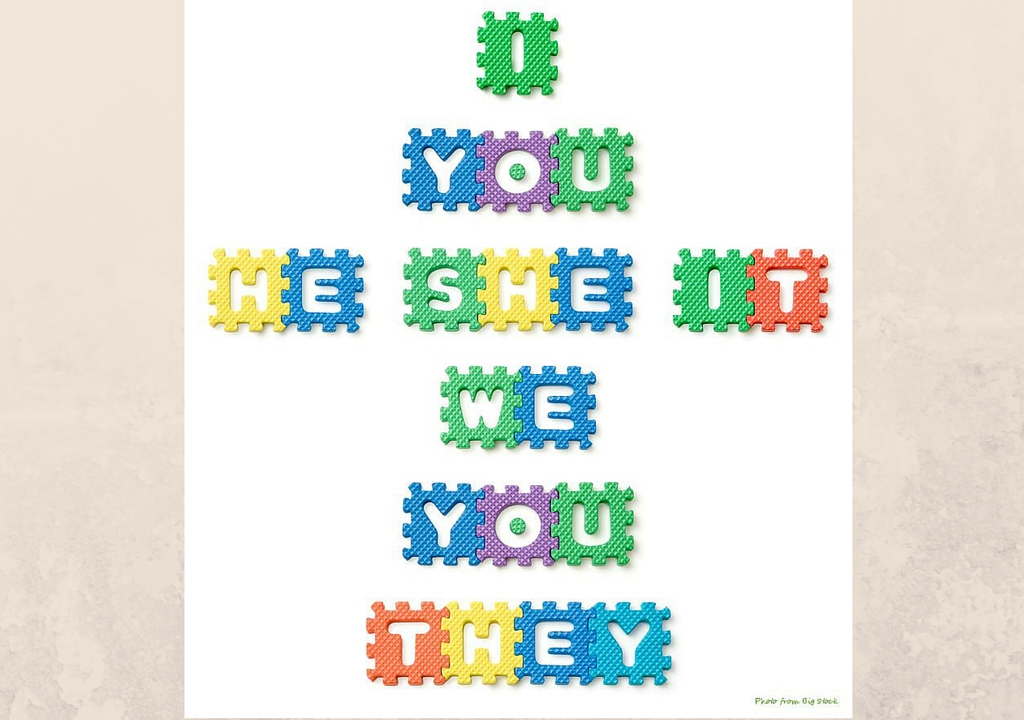Do you know the six classes of pronouns? I have to admit, before writing this article I wouldn’t have been able to list all six.
The six classes of pronouns (and examples) are:
1. Personal – I, you, he, she, it, we, they
2. Demonstrative – that, this, these, those
3. Interrogative – what, which, who, whom, whose
4. Relative – that, what, which, who
5. Indefinite – another, any, both, each, either, none, one, other, some, such
6. Adjective – any, each, that, this, what, which my, thy, his, her, its, our, your, their.
Here’s a short explanation of each.
Personal: A personal pronoun shows by its form whether it is referring to the speaker, the person or thing spoken to, or the person or thing spoken of. I need some coffee. You should write the proposal.
Demonstrative: A demonstrative pronoun is one that points directly to its antecedent. This is your cup. Those need to be answered.
Interrogative: An interrogative pronoun asks a question. Who washed the car? What kind of flower is that?
Relative: A relative pronoun is one that introduces a dependent clause and relates it to the independent clause. The woman who presented the award. The writer whose book was a best seller.
Indefinite: An indefinite pronoun is one that generally or indefinitely represents an object, usually one that has already been identified or doesn’t need specific identification. That is no one’s fault. Everyone is enjoying lunch.
Adjective: An adjective pronoun functions as a noun modifier. It must agree in number with the noun to which it belongs. His dinner is ready.
I think it’s fun to learn something new every day. Do you?
*Information obtained from The Chicago Manual of Style, 16th Edition



